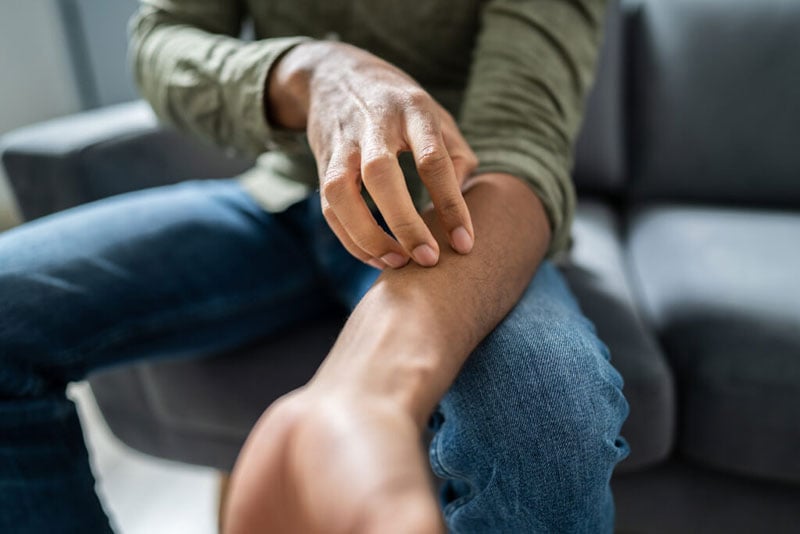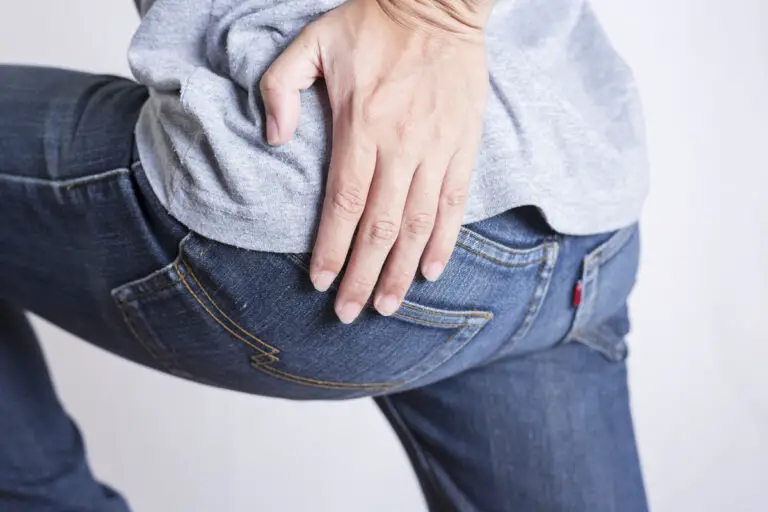Body Grooming with KP: The Beautician's Guide for Smooth Skin
The art of body grooming with KPor keratosis pilarispresents unique challenges and opportunities for beauticians. This skin condition, characterized by small, rough bumps primarily on the arms, thighs, and buttocks, affects approximately 40% of adults. Understanding how to effectively manage and treat KP is crucial for providing clients with the smooth, radiant skin they desire.
In this comprehensive guide, we will explore the nuances of body grooming for those with KP. From understanding the condition itself to exploring the most effective grooming techniques, this article serves as an essential resource for any beautician looking to enhance their practice.

Understanding Keratosis Pilaris
Keratosis pilaris occurs when keratin, a protein that protects the skin from infections and other harmful things, builds up and clogs the hair follicles. This results in the formation of small, hard bumps that may resemble goosebumps or chicken skin. While KP is harmless, it can be a source of cosmetic concern for many clients.
The condition is often more pronounced in individuals with dry skin or during the colder months when humidity levels drop. It's also worth noting that KP tends to run in families, so those with a family history should be more vigilant about their skincare routines. For a deeper dive into the condition, consider visiting an authoritative source like Healthline.
Effective Grooming Techniques for KP
Gentle Exfoliation
One of the most recommended methods for managing KP is gentle exfoliation. This involves using a scrub or exfoliating brush to remove dead skin cells, which can help to unclog the hair follicles. However, it's crucial to emphasize the term 'gentle'too much force can exacerbate the condition, leading to irritation and redness.
Beauticians should recommend products that contain ingredients like lactic acid, salicylic acid, or glycolic acid. These can help to dissolve the keratin plugs and smooth the skin's texture. For an in-depth understanding of suitable products, check out tips from dermatologists.
Moisturizing
Hydration is key in managing KP. Clients should be advised to use a good quality moisturizer daily, preferably one that contains urea or glycerin. These ingredients help to draw moisture into the skin, keeping it soft and supple. Beauticians can also offer treatments that incorporate these moisturizing agents for enhanced results.
Professional Treatments and Advice
In some cases, over-the-counter products and at-home grooming may not suffice. Beauticians should be prepared to recommend professional treatments or refer clients to dermatologists for more intensive care. Options may include laser therapy or microdermabrasion, which can significantly improve the skin's appearance by reducing the visibility of the bumps.
Additionally, beauticians should stay updated on the latest research and trends in KP treatment. For example, exploring the role of teledermatology could provide valuable insights into how remote consultations might benefit clients with KP.
Educating Clients
Ultimately, the goal of any beautician should be to empower clients with knowledge about their skin. Educating them about the causes, symptoms, and management of KP can enhance their satisfaction and trust in your services. Consider creating informational brochures or hosting workshops to discuss skincare routines and products that can help manage KP effectively.
It's also beneficial to direct them to resources like the Harvard Health website for reliable information.
Conclusion
Mastering the art of body grooming with KP requires a blend of knowledge, skill, and empathy. By understanding the intricacies of keratosis pilaris and staying informed on the latest treatment options, beauticians can offer their clients the best possible care. With the right techniques and products, achieving smooth, beautiful skin is within reach for everyone.

FAQs
What is the main cause of keratosis pilaris?
Keratosis pilaris is primarily caused by the buildup of keratin, which blocks hair follicles and leads to the formation of small bumps.
Can KP be completely cured?
While KP cannot be completely cured, its symptoms can be effectively managed with proper skincare routines and treatments.
Are there any specific products you recommend for KP?
Products containing lactic acid, salicylic acid, or urea are often recommended to help manage KP. It's advisable to consult with a dermatologist for personalized product recommendations.

